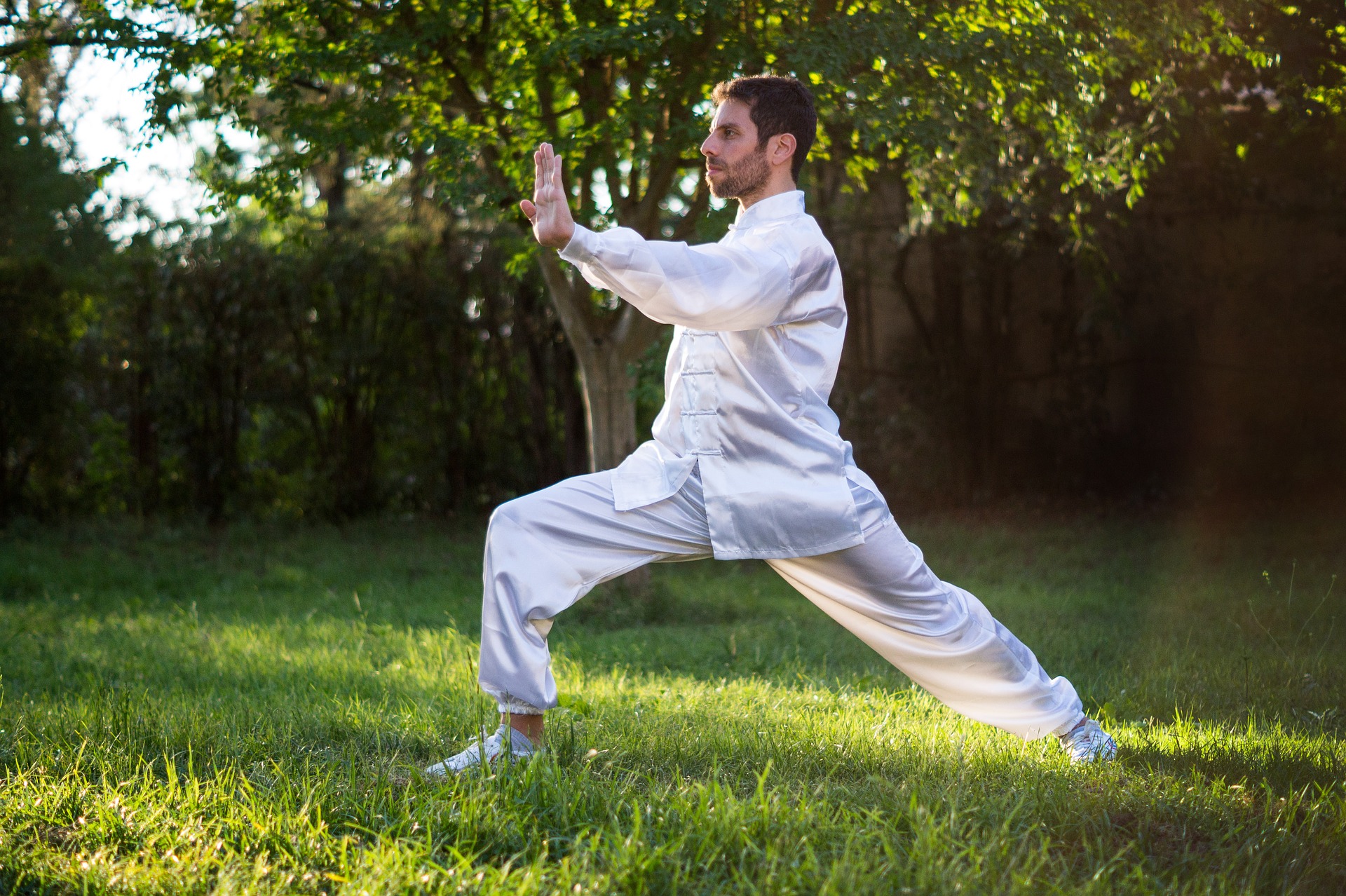Unlock your true potential by understanding the importance of breathing and chi in Kung Fu. If you have always been intrigued by the power and grace of Kung Fu but unsure how to start, this post is your guide. The ancient martial art is more than just fighting techniques; it’s a blend of physical exercise, breathing control, and energy flow – known as chi. Proper understanding and harnessing of these elements can transform not just your martial prowess but also bring a positive impact on your overall well-being.
The emphasis on breathing and chi is what sets Kung Fu apart from other martial arts. Breathing is not just about taking in oxygen and expelling carbon dioxide. It’s about controlling your energy, your focus, and your strength. When paired with the concept of chi – the life energy that flows through the body – it becomes a powerful tool in Kung Fu. This post will delve into the nuances of breathing and chi, their significance in Kung Fu, and how mastering these can help you unleash your full potential.
Stay tuned as we explore the mystic world of Kung Fu, demystify the art of breathing and chi, and provide practical tips on how to incorporate these into your training routine. Whether you’re a novice interested in starting your Kung Fu journey or a seasoned practitioner looking to refine your skills, this post promises insightful knowledge for all. Immerse yourself in this profound martial art and discover how you can awaken the hidden warrior within.
The Science of Breathing in Kung Fu
Understanding the mechanics of breathing in Kung Fu is crucial for achieving optimal performance. Herein, we’ll explore its significance and how it can unlock your potential in this ancient martial art.
The Physiology of Breathing
Before delving into the context of Kung Fu, it’s essential to comprehend the basic physiology of breathing. Oxygen is vital for the body’s energy production process. In Kung Fu, the importance of sufficient oxygen supply is amplified due to the high energy requirements of the martial art. Efficient breathing maximizes the amount of oxygen available to the body’s muscles, thus enhancing endurance and power.
Breathing Techniques in Kung Fu
Kung Fu incorporates various breathing techniques that align with specific movements. One such technique is abdominal breathing, where practitioners inhale deeply, allowing the abdomen to expand, and exhale, contracting the abdomen. This technique is often used in conjunction with slow, flowing movements, enabling the body to relax and focus.
Chi and its Role in Kung Fu
Understanding Chi
Chi, also known as Qi, is a fundamental concept in many Eastern disciplines, including Kung Fu. It can be loosely translated to mean ‘energy flow’ or ‘life force’. In the context of Kung Fu, Chi is the energy that flows through the body, connecting the physical and mental aspects of the art.
Chi Cultivation in Kung Fu
Cultivating Chi is a core aspect of Kung Fu training. It involves various practices, such as meditation and specific movements, designed to enhance the flow of energy within the body.
- Qigong: This is a Chinese practice that combines meditation, controlled breathing, and movement exercises to cultivate and balance Chi.

- Tai Chi: A gentle form of martial arts that focuses on slow, deliberate movements coupled with deep breathing, aimed at enhancing the flow of Chi.

Integrating Breathing and Chi in Kung Fu
The interplay between breathing and Chi in Kung Fu is a dynamic process. Optimal breathing techniques enhance the cultivation and flow of Chi, while a well-balanced Chi further facilitates effective breathing.
Breathing and Chi Flow
In Kung Fu, practitioners often coordinate their breathing with specific movements to enhance Chi flow. For example, during a forceful strike, one would typically exhale, channeling the body’s Chi into the movement to maximize power.
The Cycle of Breathing and Chi
The cycle of breathing and Chi is a positive feedback loop. Enhanced Chi flow aids in better breathing, which in turn, further improves Chi. By mastering this cycle, Kung Fu practitioners can significantly elevate their physical capabilities and mental focus, truly awakening their potential.
This dynamic interplay forms the bedrock of Kung Fu, demonstrating the remarkable synergy between physical exertion and mental discipline. By understanding and applying the principles of breathing and Chi, practitioners can not only improve their martial prowess but also tap into a profound sense of inner harmony and balance.
Conclusion
In conclusion, the science of breathing and the concept of Chi hold a pivotal position in Kung Fu, serving as integral components of the martial art’s physical and mental dimensions. Breathing techniques in Kung Fu, particularly abdominal breathing, facilitate maximum oxygen intake, enhancing the body’s endurance and power. On the other hand, Chi represents the life force or energy flow within a practitioner, intricately connecting the physical and mental aspects of Kung Fu. The cultivation of Chi, through practices such as Qigong and Tai Chi, is a cornerstone of Kung Fu training.
The symbiotic relationship between breathing and Chi creates a dynamic feedback loop that enhances the practitioner’s abilities. Coordinating breath with movements aids in the optimization of Chi flow, resulting in increased power and focus. This cycle of breathing and Chi ultimately awakens one’s full potential in Kung Fu, demonstrating the profound synergy between physical exertion and mental discipline. Understanding and applying these principles allow practitioners not only to elevate their martial prowess but also to access a deeper sense of inner harmony and balance.


